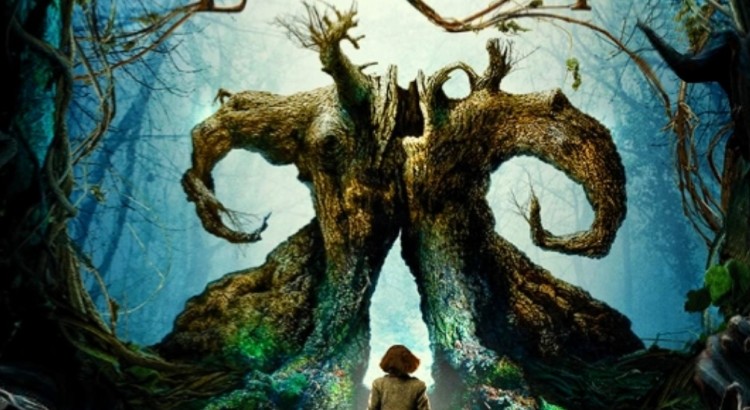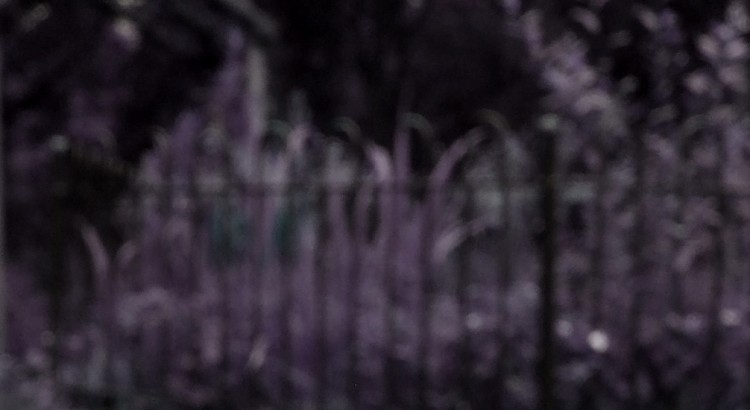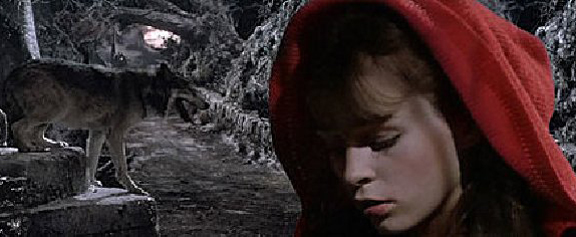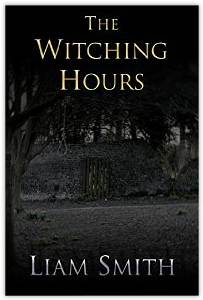I watched Pan’s Labyrinth, Guillermo del Toro’s masterpiece, a couple of times when I was a teenager. I thought it was brilliant then. But just now I watched it for the first time as proper adult, and I’ve gone from merely thinking it was great to considering it one of the best films ever. Here’s my… Well, less of a Pan’s Labyrinth review, more of a Pan’s Labyrinth reflection. Why I think it deserves to go down in history as one of the most important films ever made.
It treats fantasy and drama as equals
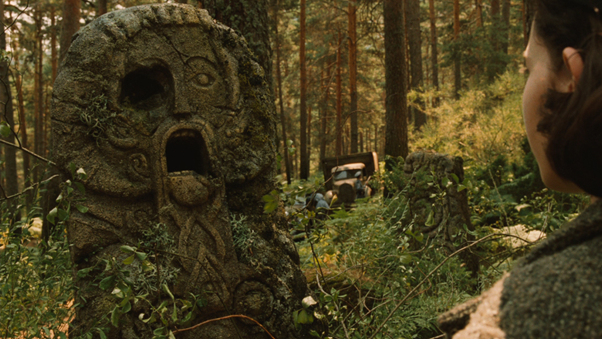
Pan’s Labyrinth is, of course, a fantasy film. What’s more, it’s told through the eyes of a child protagonist: the imaginative Ofelia (Ivana Baquero). But del Toro knows that the true purpose of a fairy tale is to provide a coping mechanism for the horrors and dangers of the real world. It’s not just an excuse to include unlikely creatures and CGI-heavy locations in a story. Accordingly, he doesn’t labour over matching the fantasy and drama turn for turn. He lets both breathe as gripping stories in their own right and lets the viewer reflect on them relative to one another.
The multiple narratives constantly wrap around one another – there are no hard cuts between plot strands. One scene shifts by panning to a tree, which pans directly onto the next scene. It’s as if both battle scene and fantasy confrontation are part of the same world. It’s these poetic touches that soften the transition between what could have been incongruous elements.
Read More